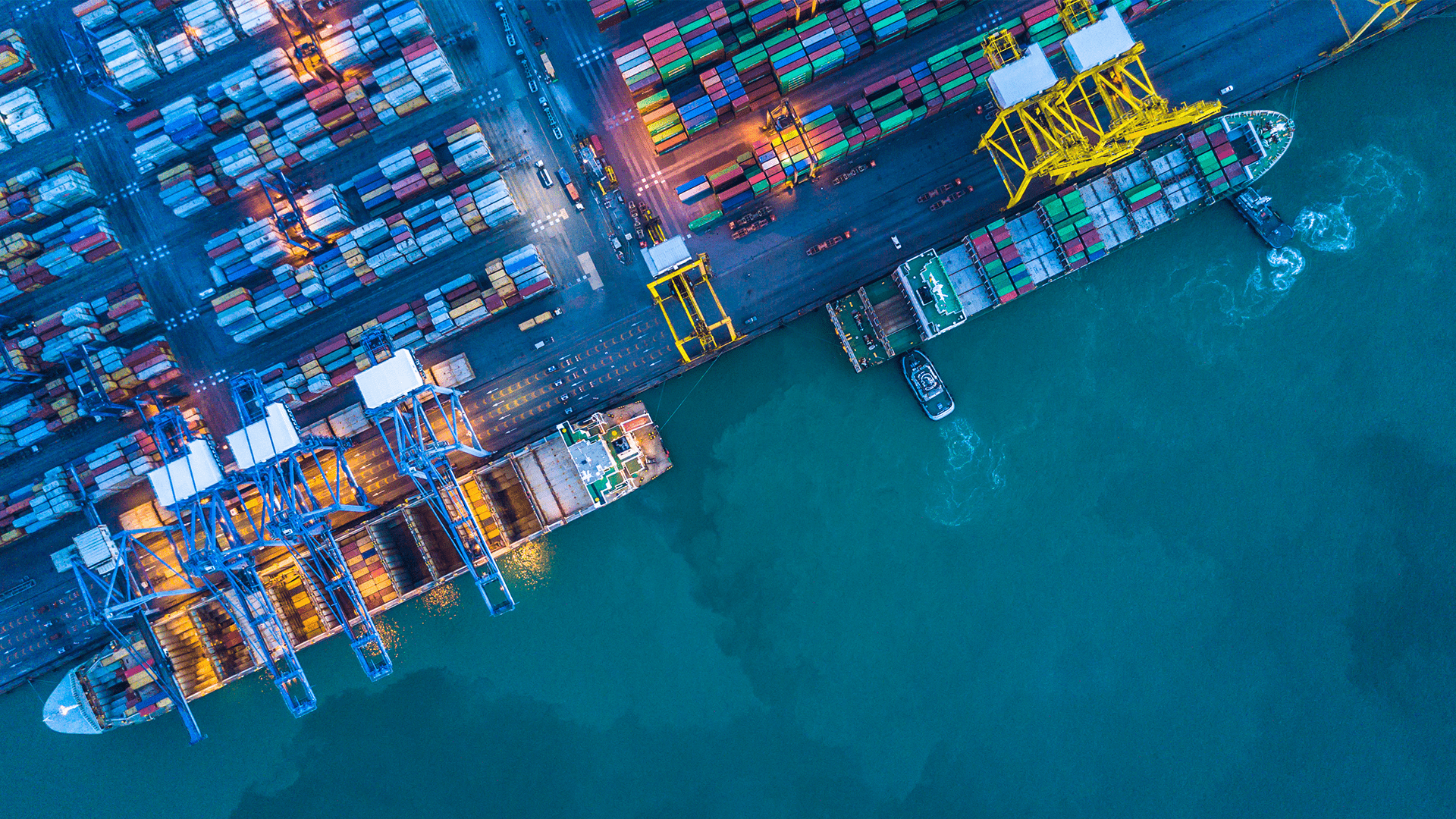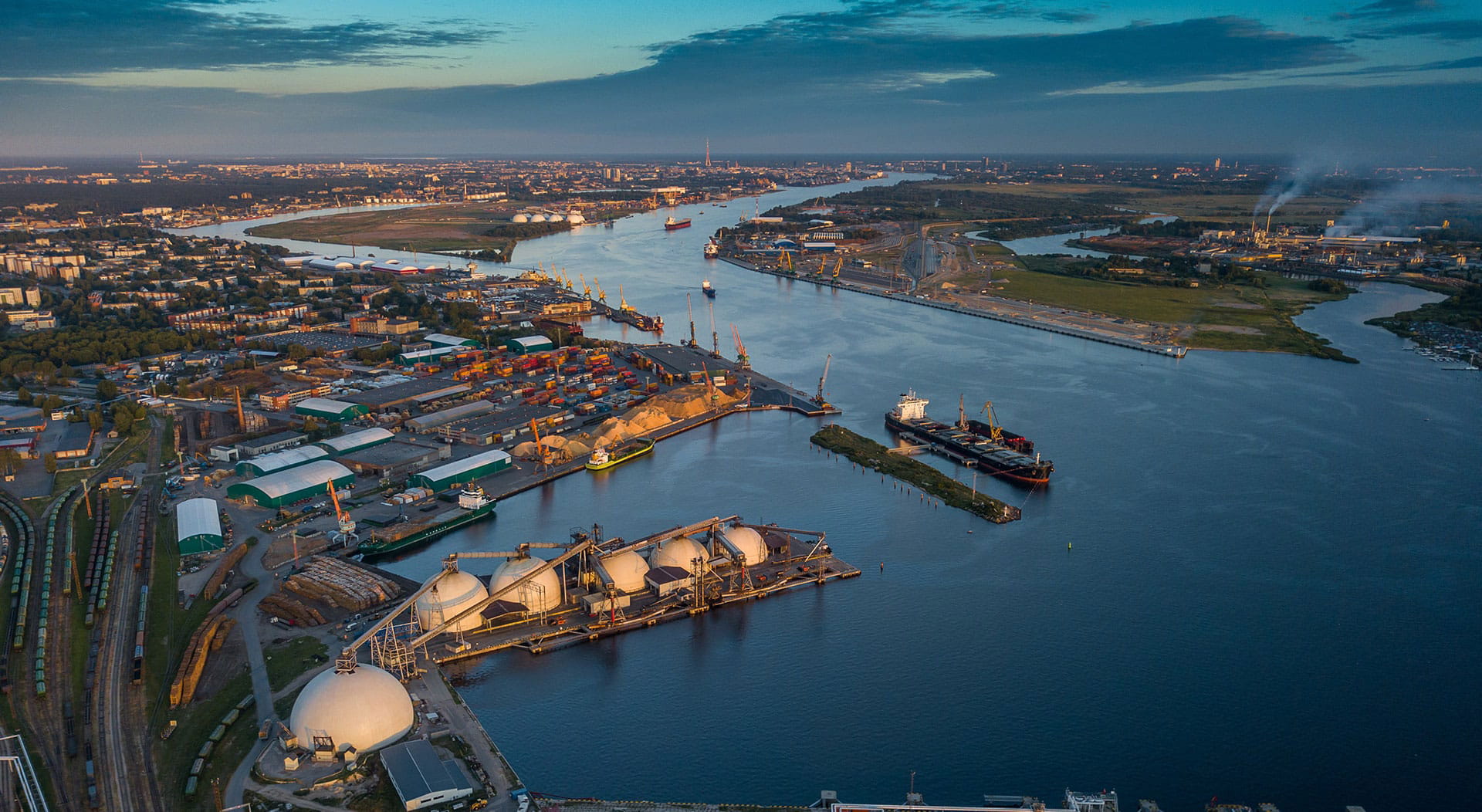Consulting on climate change adaptation at the Port of Banjul

Project facts
- ClientGlobal Center on Adaptation
- LocationGambia
- DateMarch – August 2022
- ChallengeIn order to expand, the Port of Banjul needed to account for the growing threat of climate change.
- SolutionAnalysing multi-hazard data to identify and assess climate change risks and adaption measures.
The challenge: a need to address growing climate change risk to port operations
The Port of Banjul needed to increase its cargo and storage capacity for a fourth time to meet increasing demand. But climate change made expansion and future development trickier to plan for than a simple port expansion without the same risks.
Hinterland connections were at risk from the impacts of increasingly frequent and extreme weather events, and the port itself needed to adapt to rising sea levels.
To obtain climate adaptation funds for the expansion from the African Development Bank and European Investment Bank, the port needed to provide clear climate change analytics and adaptation investment options.
The solution: identifying and prioritising climate hazards and adaptation measures
The Global Center on Adaptation (GCA), through the Africa Adaptation Acceleration Program (AAAP), a joint initiative of the GCA with the African Development Bank (AfDB), appointed Royal HaskoningDHV and Lobelia Earth to investigate the climate change vulnerability of the Port of Banjul’s latest expansion project.
Our consultancy services included analysis of high-resolution, multi-hazard climate data – both historic and projected – and a vulnerability stress test to identify and quantify critical, climate change-related risks on the port infrastructure and operations.
To quantify the annual economic impact of climate change, we applied vulnerability relationships between the magnitude or severity of climate hazards and the expected economic damage or downtime caused.
In coordination with the GCA, the AfDB and project’s stakeholders, we then assessed different types of adaptation measures – and prioritised them in a high-level economic feasibility analysis to help inform investment planning.
Our study also examined the climate vulnerability of the nearby Tanbi Wetland Complex, and explored potential synergies between the port development and management of the mangrove environment at this wetland reserve.
The result: clear adaptation options to manage climate change risks and enhance climate resilience
Through a virtual multi-stakeholder dialogue we were able to discuss with the Port of Banjul stakeholders what its key physical climate change risks are, gain relevant feedback, and prioritise adaptation options.
This structured approach enabled the port to make effective investment decisions to tackle the most pressing climate change risks, while maintaining its cashflow, and putting climate resilience at the forefront of its cargo expansion project.
Read more about this project here:
It has been a pleasure working with you all. We look forward to many more successful collaborations.




